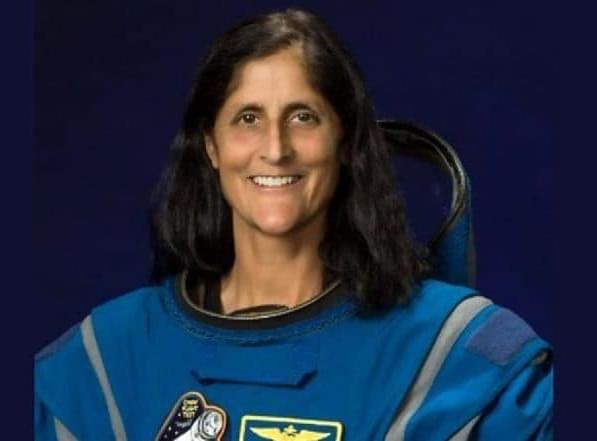Humanity came close to extinction 800,000 years ago. Only 1,280 of our ancestors survived.
A recent study published in Science suggests that a catastrophic “ancestral bottleneck” reduced the global population to just 1,280 breeding individuals, wiping out 98.7% of the early human lineage.
This population crash, lasting about 117,000 years, likely resulted from extreme climate shifts, prolonged droughts, and dwindling food sources.
Using a groundbreaking genetic analysis method called FitCoal, researchers analyzed modern human genomes to trace this dramatic decline, potentially explaining a gap in the African and Eurasian fossil record.
Despite the near-extinction, this bottleneck may have played a crucial role in shaping modern humans. Scientists believe it contributed to a key evolutionary event—chromosome fusion—which may have set Homo sapiens apart from earlier hominin species, including Neanderthals and Denisovans. The study raises intriguing questions about how this small population survived, possibly through early fire use and adaptive intelligence. Understanding this ancient crisis helps scientists piece together the story of human evolution and the resilience that allowed our species to thrive against all odds.
Learn more.








